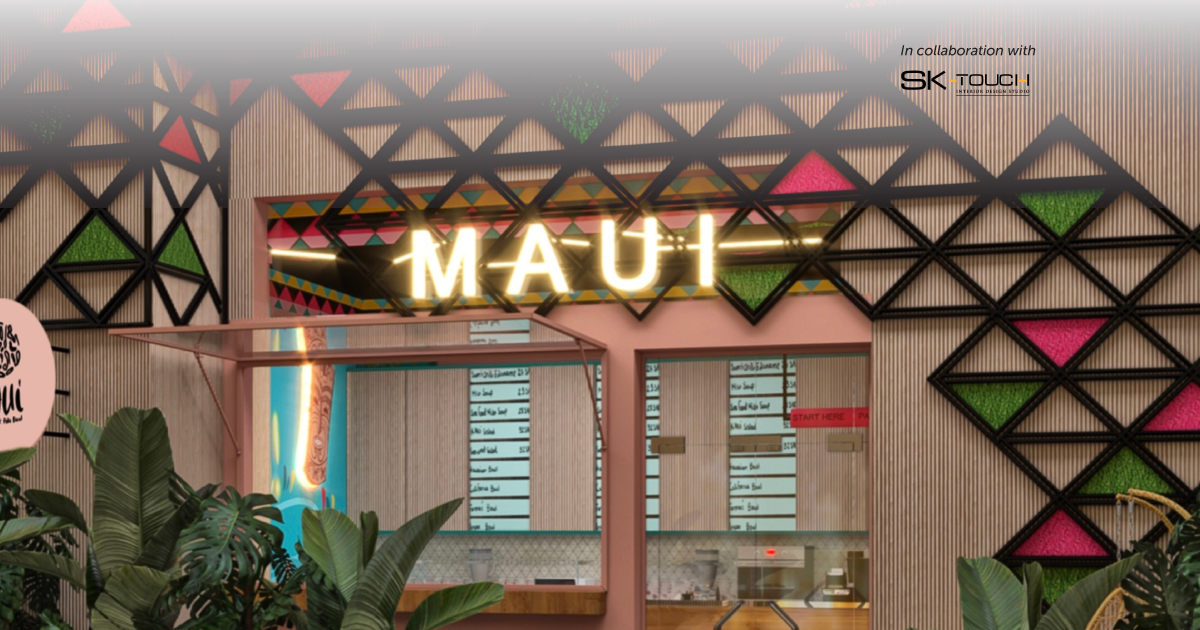

An accepted norm for many employees, working remotely is set to become more than just a passing trend. Accelerated by the pandemic, this shift has had a significant impact on the human-resource structure of several high-profile companies, many of which have announced that they will adopt a flexible approach to working remotely. Subsequently, a greater number of hospitality enterprises, like cafés, restaurants and hotels, are being utilized by a remote labor force which is seeking a regular change of environment. The hospitality sector can greatly capitalize on this trend while acting responsibly through the adoption of sustainable practices.
We can all agree that society is becoming more conscious of environmentally responsible decision-making. A greater number of clients are requesting sustainable elements and principles in their interiors, whether they are creating restaurants or hotels. There are signs that many stakeholders are showcasing their appreciation for nature and how our connection to the earth can positively or negatively impact the world.
As a principal interior designer, I believe that it is our responsibility to think “sustainability,” because we suggest what materials and products to use, thereby guiding our clients in the right direction. Collective decisions can affect more than just the space we are designing.
Latest trends
With this drastic shift toward ecoconsciousness comes plenty of new trends and eco-friendly products. For instance, it was obvious that paint companies like Jotun, Sherwin Williams and Al Jazeera Paint would select shades of green for 2022.
In interior design projects, sustainable design is defined by the efficiency and function of a space, while simultaneously selecting and sourcing construction materials that are low in terms of environmental impact, pollution, waste and energy consumption. Countless environmental considerations are influencing the decisions being made at the hospitality management level, such as which towel rails to install, the lighting fixtures, fabrics and selection of natural materials. Simple eco-friendly measures can include locally sourced dispensers and amenities, choosing ethically produced bedsheets made from organic materials and reducing energy consumption with smart bulbs.
Energy efficiency
When it comes to sustainability in interior design, the first thought is often related to the choice of natural materials, using energy-saving and recycled materials. Thermal cladding materials can be used to improve the energy efficiency of a building and increase indoor air quality. The amount of natural light that illuminates indoor spaces can reduce the need for electrical lighting. In areas where there is insufficient natural light, switching to energy-saving LED bulbs is another eco-friendly and cost efficient solution.
Furniture and fabrics
When procuring furniture, materials and accessories, we should always opt for sustainable materials over mass-market pieces or items made of plastic. In every project, my first instinct is to reach out to local artisans or eco-friendly brands and online retailers. Some examples of sustainable materials are bamboo, natural stones, cork, reclaimed wood, glass, recycled aluminum and recycled metal. When we repurpose an old piece of furniture, we unknowingly reduce waste and overproduction. In terms of fabrics, naturally sourced options include banana fiber, hemp fabrics, linen, burlap, raw cotton and Afghan wool.
Paint with a conscience
It is important to use paint that has zero VOCs (volatile organic compounds). VOCs are emitted as gasses and can pollute the environment and the inside air, which can lead to health problems. Nowadays, there are innovative paints that are Greengard Gold certified, offering a solid guarantee that the paint meets world standards for low chemical emissions.
Size matters
Another way of limiting the knock-on effect of design is to reduce the overall size. This is calculated as the number of materials used in a design. With a higher number of materials often resulting in a greater impact, we as designers need to use fewer materials to lessen the weight without compromising on quality. A lightweight product will also have lower travel costs and associated toxic emissions.

Sara Khairallah,
founder and principal interior architect
SK Touch

















